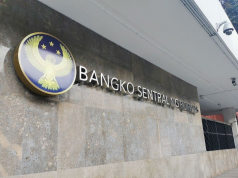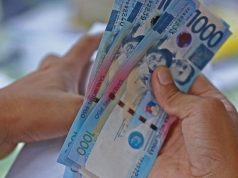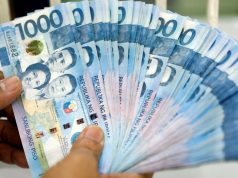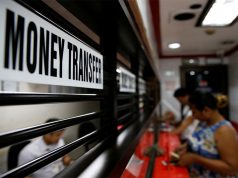MANILA – Bangko Sentral ng Pilipinas’ (BSP) policy-making Monetary Board (MB) on Thursday increased the central bank’s average inflation forecast for 2018 and 2019, after it included in the baseline forecast the impact of the tax reform program.
This year’s forecast is now at 4.34 percent from 3.4 percent during the Board’s rate-setting meet last December 14, while the 2019 level was increased to 3.49 percent from 3.23 percent last December.
“In the December 14 meeting (of the MB), the impact of tax reform was not included in the baseline forecast. Now that TRAIN (Tax Reform for Acceleration and Inclusion) law has been passed, the baseline assessment now include the TRAIN impact,” BSP Monetary Policy Sub-Sector (MPSS) Managing Director Francisco G. Dakila Jr. said in a briefing Thursday.
Last December, the MB considered the impact of the proposed tax reform program as an upside risk to the rate of price increases.
TRAIN’s first package cut workers’ taxes and gave their first P250,000 annual income a tax-free rate, but it hiked excise taxes on fuel and sugar-sweetened beverages, among others. It took effect last January 1.
Inflation rate in January this year posted a faster rate of 4 percent from 3.3 percent last December.
Last January’s inflation rate was the upper end of the central bank’s 3.5 percent to 4 percent projection.
Aside from the upticks of oil prices overseas, the central bank partly traced the faster inflation rate to “better enforcement of tax laws on tobacco as well as temporary increases in prices of selected food items, such as fish and vegetables.”
Dakila explained that although the 2018 inflation projection was raised, monetary officials continue to see that upticks were due to supply side factors, which he said “is essentially transitory.”
“By March next year, we should be back within the inflation target band,” he said.
Asked on the second-round effects, the central bank official said assessment of last January’s inflation turnout showed that items that posted above 3 percent inflation accounted for around 31.6 percent of the total, while those with below 2 percent inflation had bigger share of about 39.5 percent.
“Any second round effects would appear to be well-contained,” he said, citing also that the government has several mitigating measures to help the poor, such as the Pantawid Pamilyang Pilipino Program (4Ps).
He said various government agencies are also monitoring price developments to ensure that any movements would not get out of hand.
Even as inflation is now projected to go beyond the government’s target band in some months of this year, Dakila said the momentum is coming from the supply side and not demand side, thus, it would eventually self-correct.
“Increasing inflation would just be moderate… perhaps above the upper band of the target but the momentum is not there,” he added.










